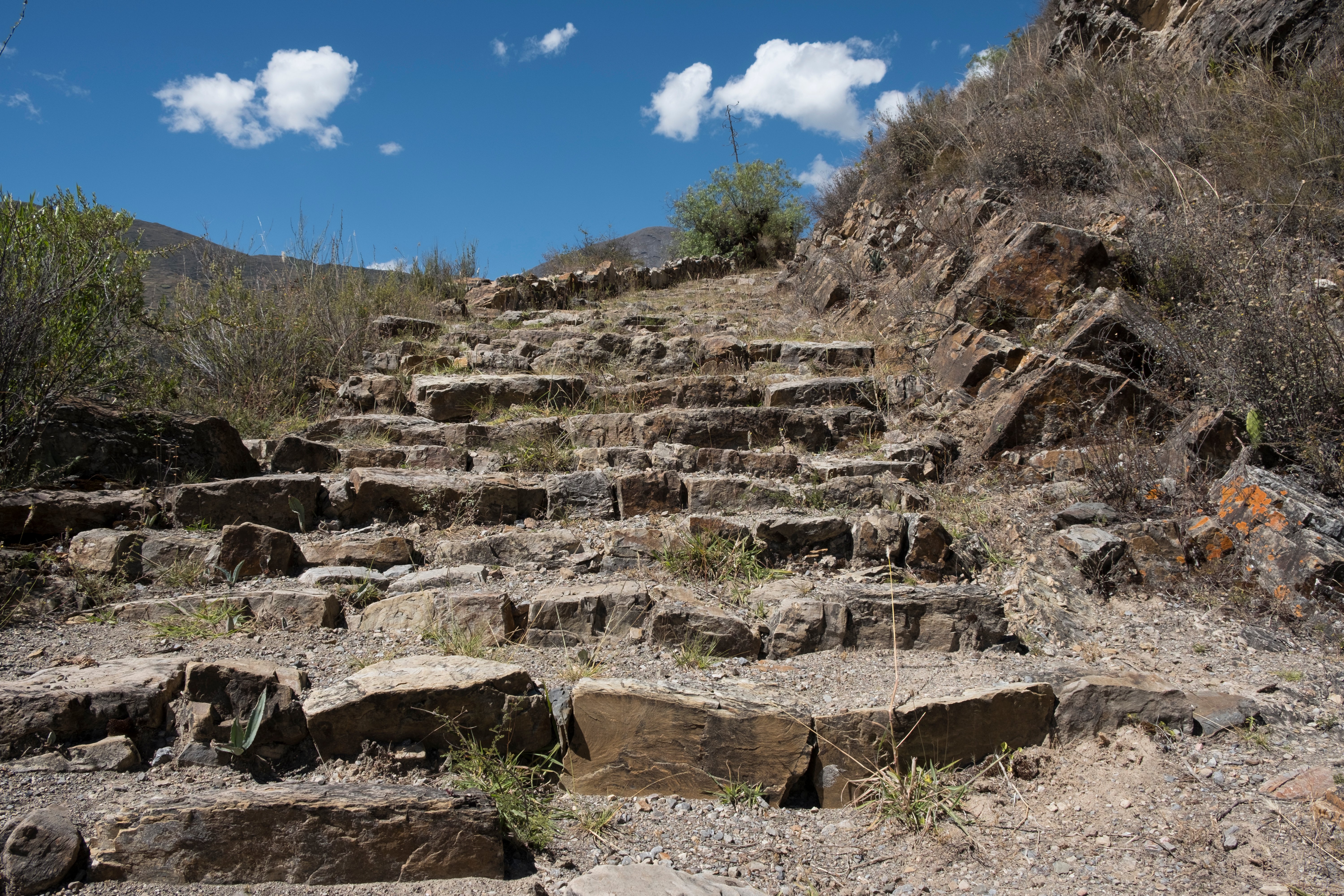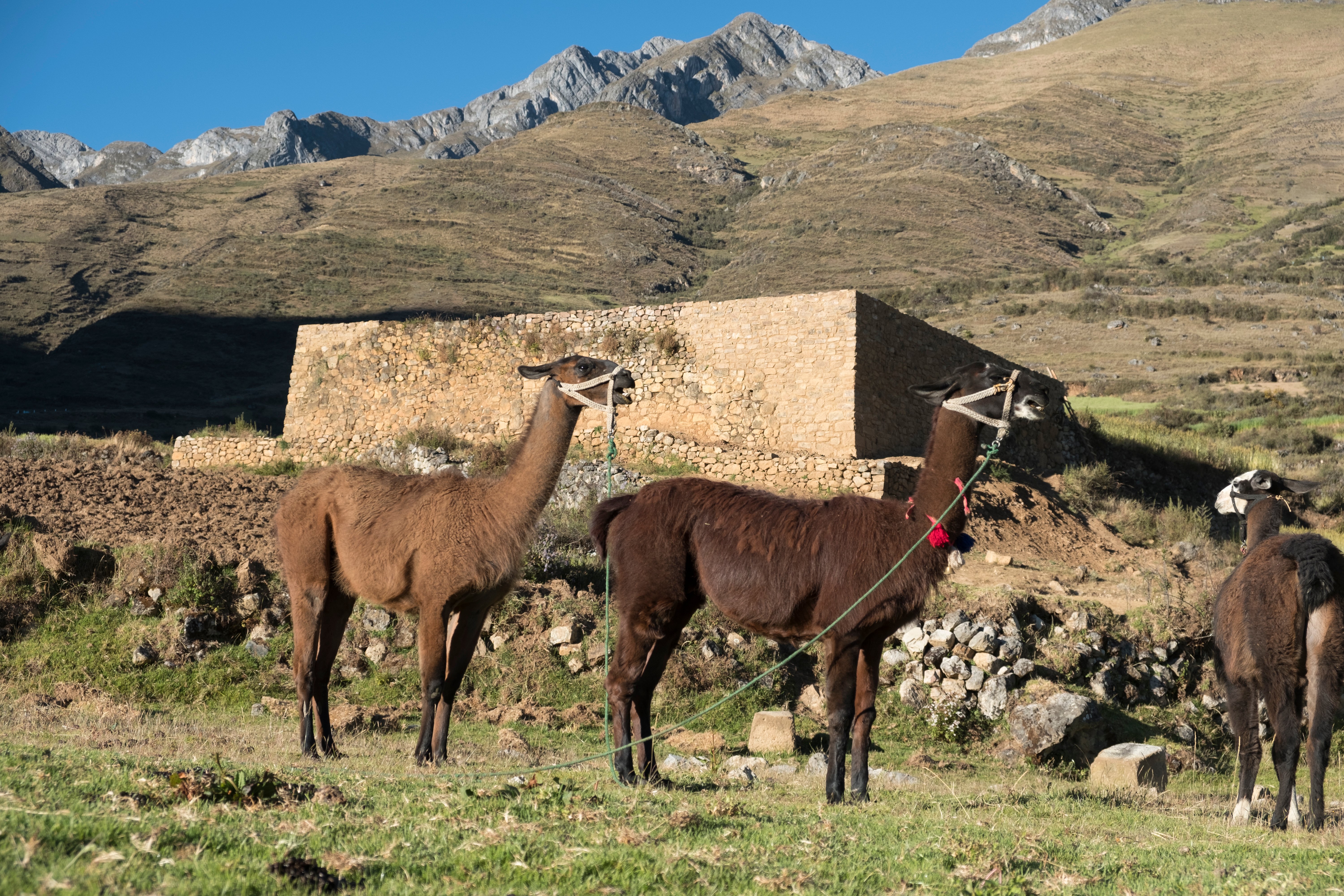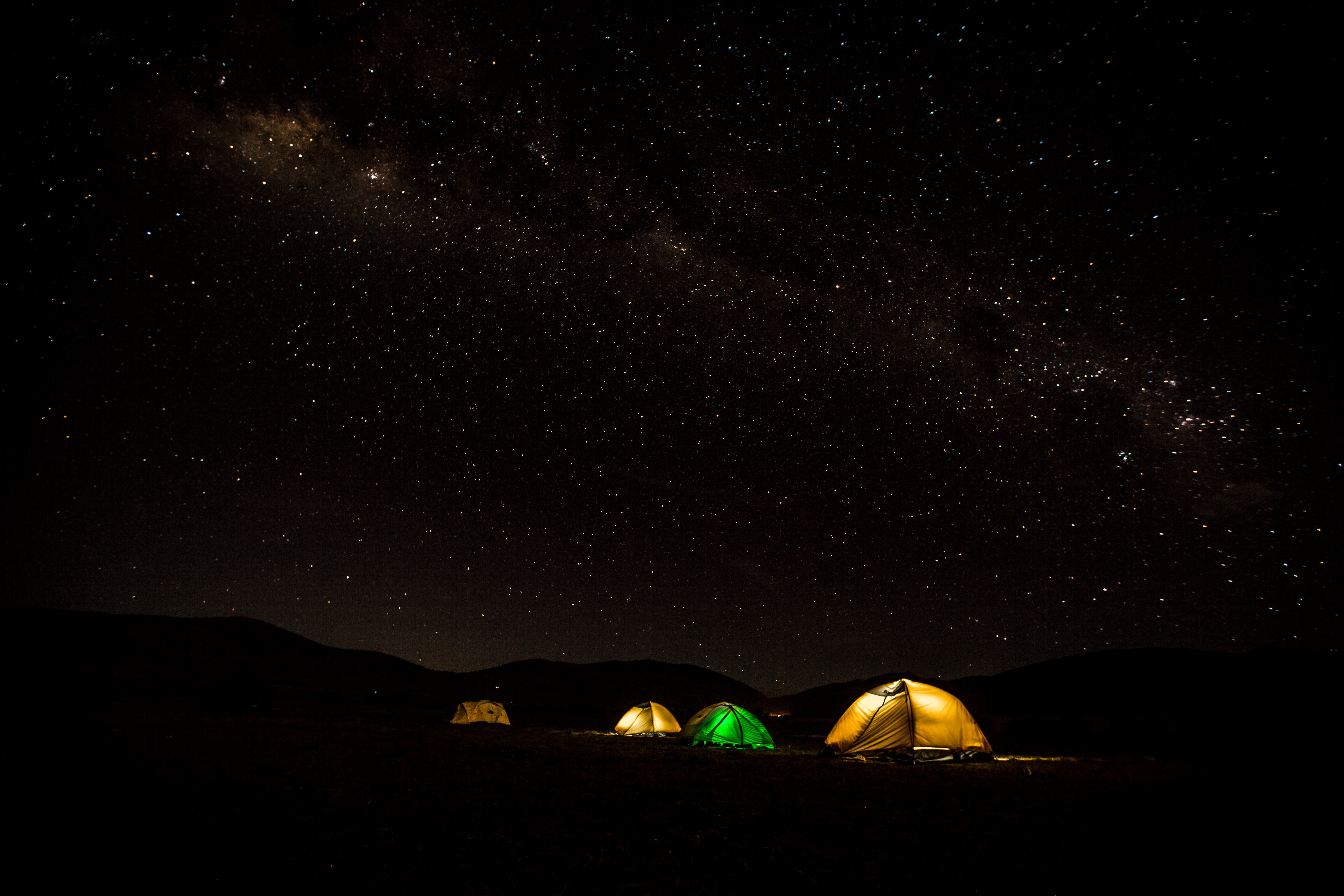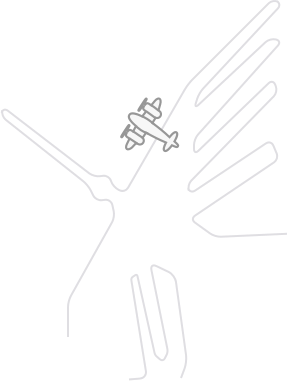After so long at home, we remember the enormous pleasure that the simple act of walking can represent, a sense of freedom that we always took for granted. Now let’s take a mental journey to the White Mountain Range of the Andes. The sky is blue, and the sidewalks became a cobblestone road among the rugged mountains; llamas and impressive rock structures replace cars and buildings. That was the Qhapaq Ñan more than 500 years ago when this incredible road network connected the Tahuantinsuyo at its height.
In the high Andean areas, the Great Inca Trail maintains its traditional mystique: the connection with nature and the service to the community. A team of adventure seekers were willing to travel 3,200 km of it, from Tomebamba (Ecuador) to Cusco (Peru), to rediscover this Inca heritage and give it a new value, reviving the footsteps of the ancient inhabitants of the empire. We had the chance to go with them, and this is the story.
DAY 1 – PREPARING THE BODY
We reached the Cajay community in Ancash to meet the members of the expedition. Our day 1 was day 73 for them, and the residents' positive attitude energized us in those first steps of the 75 km of walking we had ahead of us.
The river flowed like music while we walked down the road to Pomachaca, a small town where the Inca trail began. As we would see along the route, some parts of the Qhapaq Ñan have disappeared, either due to the construction of other roads or lack of conservation. The Inca road received us with amazing stairways that got lost behind the mountain. This hard test implied fighting heat, altitude and fatigue.

If we passed the first test, we would be prepared for the other four days of the trek. Each step was worth it: while we climbed, we could see beautiful valleys in the distance and we found ancient Inca settlements in the middle of the mountain. It was remarkable to see how the steps seemed to be part of the landscape.
We arrived in Castillo to build back our energy with the fresh water from the main fountain - a present of the Apus. The llamas were the great show and drew the attention of the residents while they crossed the streets. Watching a large number of these animals beside a group of ‘gringos’ (foreigners) aroused the curiosity, especially in children.
After a light lunch we continued to ascend to Soledad de Tambo, where the camp was already installed. After visiting the Pincos ceremonial ushnu and enjoying a hearty meal, there is nothing better than lying on the pasture for a few minutes and relax under the Milky Way. The breathtaking starry sky of the Andes accompanied us every night.
DAY 2 – THANKING THE PACHAMAMA (MOTHER EARTH)
Walking with John Leivers, an Australian adventurous expeditionary, is like walking with a book under the arm. Aged almost 70, he is not only able to walk thousands of kilometers without faltering, but he has a prodigious memory and remembers every inch of the Qhapaq Ñan he has traveled more than once.
Leaving behind the camp in Soledad de Tambo, John departed from the trail and it was inevitable not to follow him. We headed for the ‘colcas’ located in the upper part of a deep ravine, the ideal place to build this type of storages: far from the animals, with plenty of ventilation and dry air that prevented the food from spoiling.

After attending an interesting history lesson, we returned to the walled road on the way to Quenhuajirca. The landscape changes as we ascend from 3,000 m.a.s.l., showing how skillfully the Inca builders adapted to the Andean geography. The trees begin to disappear, the green pastures are replaced by ichu and flowers become thorny plants fit to live in the cold puna region. But not all changes are pleasant, as the route also shows how the snowcapped peaks are losing their white summits, as silent victims of climate change.
The Qhapaq Ñan is almost intact in the high areas. We ascended to the Wagapunta mountain pass, with wonderfully preserved steps that bring you back in time with their loftiness. At the highest point, nearly 4,500 m.a.s.l., an ‘apacheta’ – a pile of stones with religious purposes– marks the place to thank the Pachamama for the opportunity of getting in touch with nature, far for the city and totally disconnected.
At our destination, we camped at the foot of the ushnu of the Quenhuajirca tambo. Temperature began to descend, but our friendly neighbors, the Araujo family, weave woolen garments with a traditional loom they keep at home, and we could not help buying a warm poncho to fight the cold. The Qhapaq Ñan is not only a road; it is also a synonym of living culture and ancestral practices passed on from generation to generation, broadening the experience of the travelers.
DAY 3 – NEAR THE SUN GOD
We bade farewell to the Araujos and set off for our first stop: Ayash. The landscape filled with color as we descended to the valley of the river bearing the same name. But then, ascents never seemed to end on our journey along the Qhapaq Ñan, but the mule drivers kept us company.
This cheerful group of men led by the chef, Rolando, made our trek more bearable, as tents were put up and food was ready each time we arrived at a new camp. Their contagious good humor and high spirits helped us overcome the ascent on an amazingly well preserved road.
We left Ancash at 4,500 m.a.s.l. and entered the department of Huanuco. After a three-day trek, it was fantastic to soak the feet in the water to relax and rest in the stream near the campsite. At night, the stars seemed to shine more intensely than ever.

DAY 4 – BREATHLESS
We knew that the day 4 would be the longest one, with five kilometers more than we usually covered in seven hours, but we did not anticipate the surprises the Qhapaq Ñan had in store for us. The first one was Tambo Grande, an Inca construction that currently is a livestock pen.
John referred to it many times as ‘Tambo conejo’ (‘Tambo rabbit’), but we did not understand very well why until we arrived: tenths of these animals appeared among the stones and ran everywhere when they heard our footsteps. A white one, looking very similar to that in the Alice in Wonderland tale, hid in a deep hole.
The road continued among pampas and wetlands, perfectly blending in with the surrounding landscape. Bound by rocks, it can appear and disappear at times amidst the vegetation. Breathing became easier, which meant we are descending to Taparaco, a village built beside a wrecked Inca site.

The second surprise came next. The small stream we found the day before has led us to the Taparaco River, creating a valley that seems to have been taken out of a painting. Beautiful waterfalls and splendid queñua trees run parallel to the Qhapaq Ñan, which is not bound by rocks anymore and is now flanked by impressive walls.
The valley continues to San Francisco de Isco, a small community where we spent the last evening. We had mixed feelings over dinner: happiness for what we have already admired and few people are lucky to appreciate, and the sadness of realizing that the adventure is coming to an end.
DAY 5 – MISSION ACCOMPLISHED
It was encouraging to think that we were only half a day away from our destination. We started trekking in the early morning, and met children from several towns who were using the Qhapaq Ñan to go to school. For those people who live in remote areas, the road continues to be the only way to connect with each other. They are heirs to a legacy that remains through time, remaining valid thanks to them.
After an easy descent, we see the asphalt of the highway once again after almost three days. The same as at the beginning, calm gives way to challenges. To reach Huanuco Pampa, the Qhapaq Ñan climbs a ravine with a rugged terrain due to the landslides caused by rainfall.

We perspired profusely, but we made it. When we walked to the administrative center, its formidable ushu emerged surrounded by Apus (mountains). It is easy to understand why the Inca used this place as stage for important ceremonies. To close with a perfect end, we were received by the residents of the Huanuco Pampa village with their typical dances and a delicious pachamanca to break the diet.
Some people do not know this huge road system or believe that the stretch to Machu Picchu is the only existing trail. Seeing the other face of the Qhapaq Ñan, which maintains its ties with the native community, is a different way of experiencing it. With no tourists, no pressures, in connection with the Inca essence of the trail that has managed to survive until today.


